Insect & Pests
All Insect & Pests Content
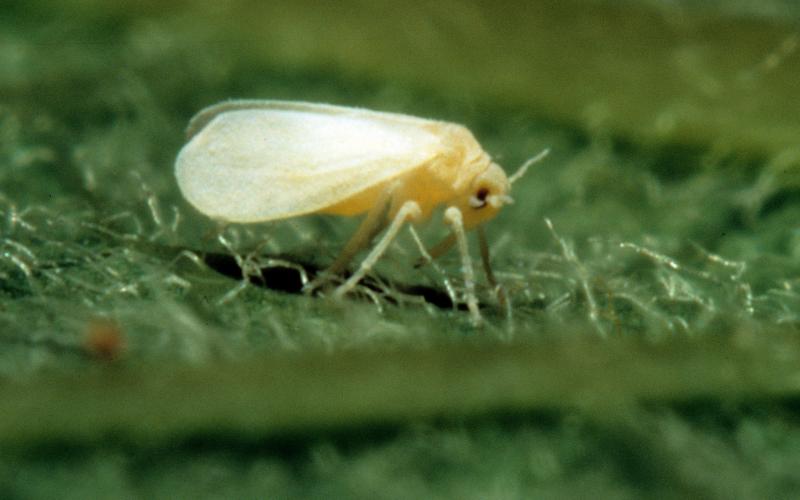
Biological Control of Pests in High Tunnels
Major insect and mite pests in high tunnels include aphids, thrips, white flies, and spider mites. Biological control uses living organisms (natural enemies) to suppress or limit pest populations to levels that do not cause economic injury to the crop.
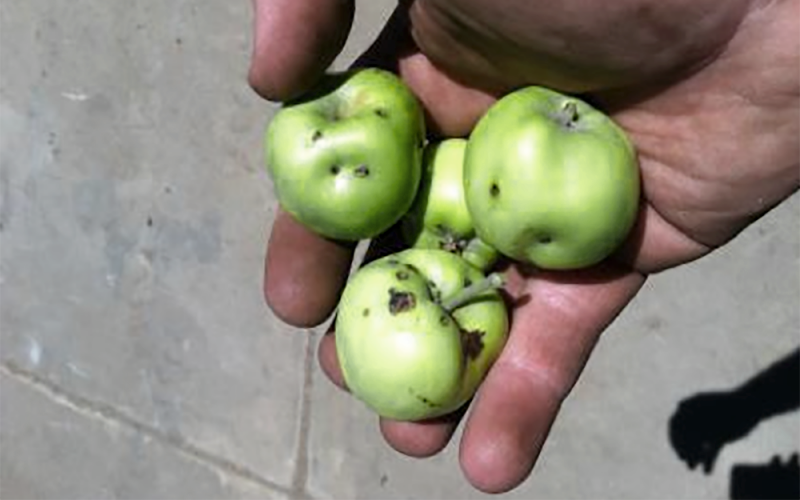
Apple Issues
Learn to identify and manage common apple tree issues including: apple maggot injury, apple scab, cedar apple rust, and fruit cracking.

How to Properly Launder Insecticide-Contaminated Clothes
It is important to prevent insecticide exposure from occurring when laundering contaminated or potentially contaminated clothing.

Root Weevils & Imported Longhorned Weevils Finding Their Way Inside
We have been receiving reports of small, black insects that are observed crawling up bathroom walls, hanging out in basements, or otherwise finding their way inside.
Achemon Sphinx Moth Caterpillars
Achemon sphinxe caterpillars (Eumorpha achemon) feed on wild grape, Virginia creeper, and related vines.
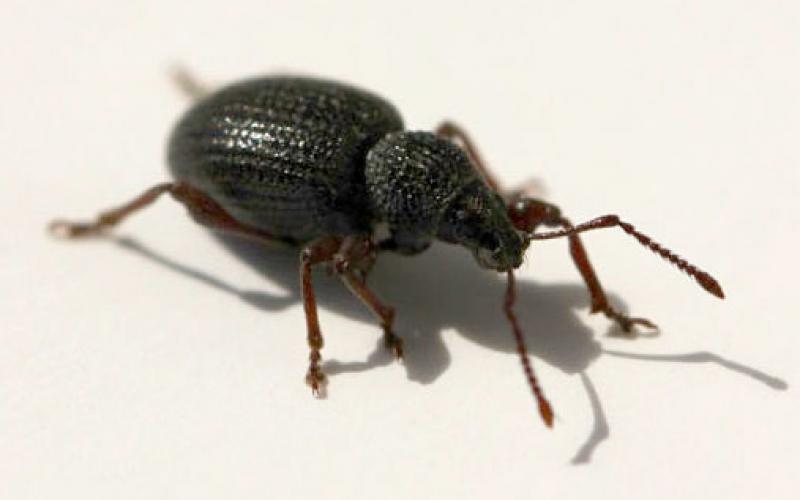
Root Weevils: Accidental Invaders
The latest insects to find their way inside South Dakota homes are the root weevils, a kind of beetle characterized by a distinct snout on the front of its head.
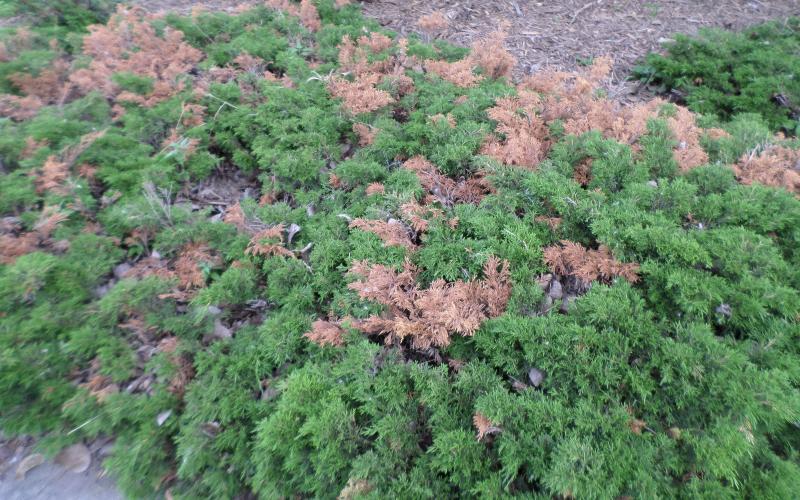
Vole Damage to Junipers & Small Trees
Vole-damaged junipers can be identified by distinct yellowing and browning shoot tips, as well as unique gnaw marks.
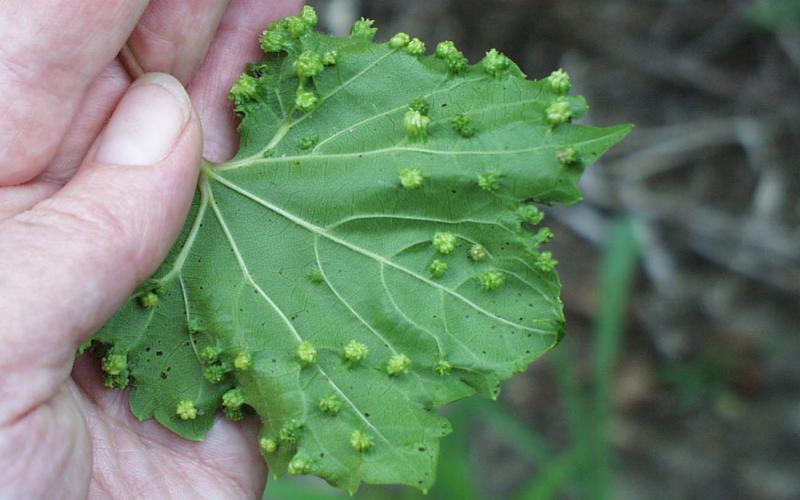
Phylloxera: A Grape Pest
Some grape growers may notice that some of their shoots have bumpy growths on the bottom of new leaves. These bumps are galls caused by the grape phylloxera, an aphid-like insect.
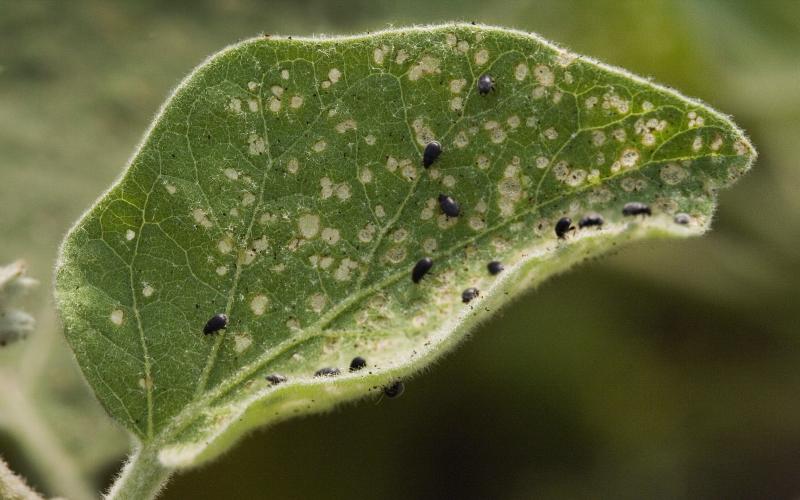
Dealing With Flea Beetles
Flea beetles are a common pest in South Dakota vegetable gardens.

Spotted Wing Fruit Fly Damaging Fruit Crops
The spotted wing fruit fly is a new pest problem that originated in Asia and was only first identified here in the United States in California in 2008. It was first seen in South Dakota in 2013.